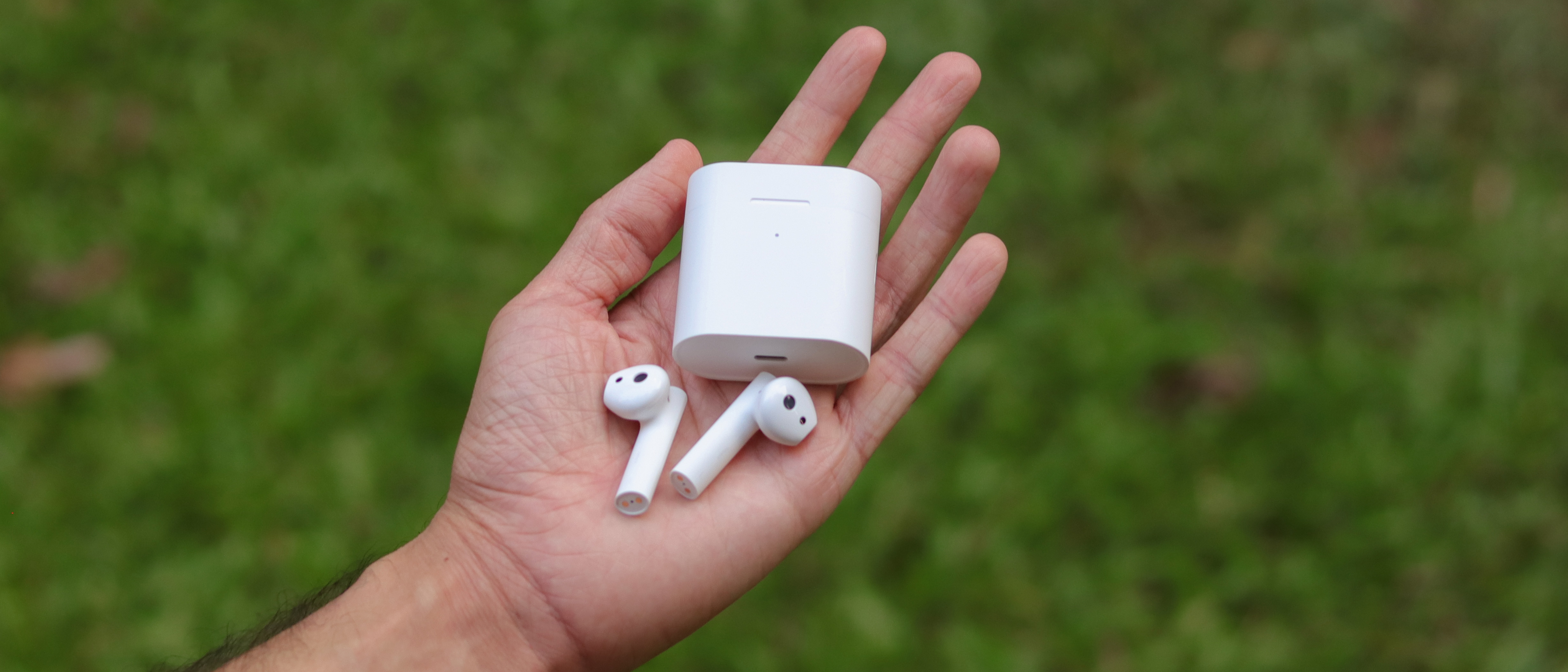TechRadar Verdict
As with all Mi-branded products, the Mi True Wireless Earphones 2 locks horns with those above its price tag on multiple fronts, and even wins some. If the design is up your alley, then there are very few reasons to not consider them while shopping for TWS earbuds under Rs 5,000.
Pros
- +
Sound quality
- +
Battery life
- +
Fast charging
- +
Extremely light
Cons
- -
Polarising design
- -
Fit not for everyone
- -
Noise cancellation
Why you can trust TechRadar
Xiaomi’s new plans for India for 2020 included exploring more tried and tested product categories, and then adding its own flair to the mix. The latest child of this thought is the Mi True Wireless Earphones 2, the company’s first pair of TWS earphones to land in India.
True wireless earphones as a category has matured a lot over the last year, going from aspirational to trendy to borderline essential. After smartphones, it is now among the most sought after sidekicks to have in your arsenal. Hence, it comes as no surprise that Mi planned on entering this segment next, and democratising the segment in true Xiaomi fashion.
The Xiaomi Mi True Wireless Earphones 2, or any TWS for that matter, should be considered by those who prioritise convenience over everything else — experiencing audio from your phone straight to your head without any sort of wires or other types of obstructions in the way. Imagine all those annoying instances when you’ve had cables come in your way, or when you’ve tried to do something else but the earphones got yanked out. That’s the problem such earphones aim to address.
Price and availability in India

In India, the Mi True Wireless Earphones 2 is priced at Rs 4,499 and is available for purchase from Mi.com and Amazon. It is available only in a white finish.
Design

Unlike smartphones where design is a pretty subjective aspect, earphones do usually need to follow some standard design practices. After all, they are going to be seen by others more than you. The world of TWS is broadly classified into two camps: those that look like AirPods and those that do not. The Mi True Wireless Earphones 2 falls squarely in the first category, even if it tries hard not to.
The Mi TWS 2 follows the same semi in-ear style design with a bud that sits in the ear pinnae and a stem that hangs out. Smartly, the outer stem has a matte finish to look premium while the inner end has a glossy finish to be easier to clean (Also applicable to wax and sweat).
Sign up for breaking news, reviews, opinion, top tech deals, and more.
While the stem can look hideously thick, it is actually oval in shape and not too thick when viewed from the front. From the sides, however, there is no denying that it looks like an AirPods rip-off minus the finesse. The inner side does look pretty busy too, but it is the inner side - not something that anyone will be able to see when worn.

The first thing you’ll notice when you put them on is just how lightweight they are. Coming in at just a hair over 4 grams apiece, the Mi True Wireless Earphones 2 is surprisingly comfortable. I personally found the AirPods to be uncomfortable because of the hard plastic that would hang on to the soft and sensitive folds of my ears, but these are a whole different story. Its design is more on the lines of the bud gently sitting on the lower part of the ear like a pocket, giving it support from five sides. The additional points of contact also assist with how well the buds are held in the ear without falling off. They’ve rarely fallen out. Noise isolation is close to non-existent.
The thick stem also turned out to be a blessing in disguise. Most TWS buds have a tiny capacitive panel for gestures and quick actions, on an equally tiny stem. This makes them pretty difficult to get registered in muscle memory as to where to tap to initiate a command. However, with these, the area becomes broader as you just have to get used to where to touch them on the Z-axis, and not which part around the stem. If you’ve used a pair with terrible touch input recognition, you’ll know what I am referring to.
As for the case, it has a very basic design with sharp edges instead of the rounded corners we’ve become accustomed to. There’s a function key on the right and a USB Type-C port on the bottom. The sides do add a bit of girth and volume to the entire package, if that is a constraint for you.
Features
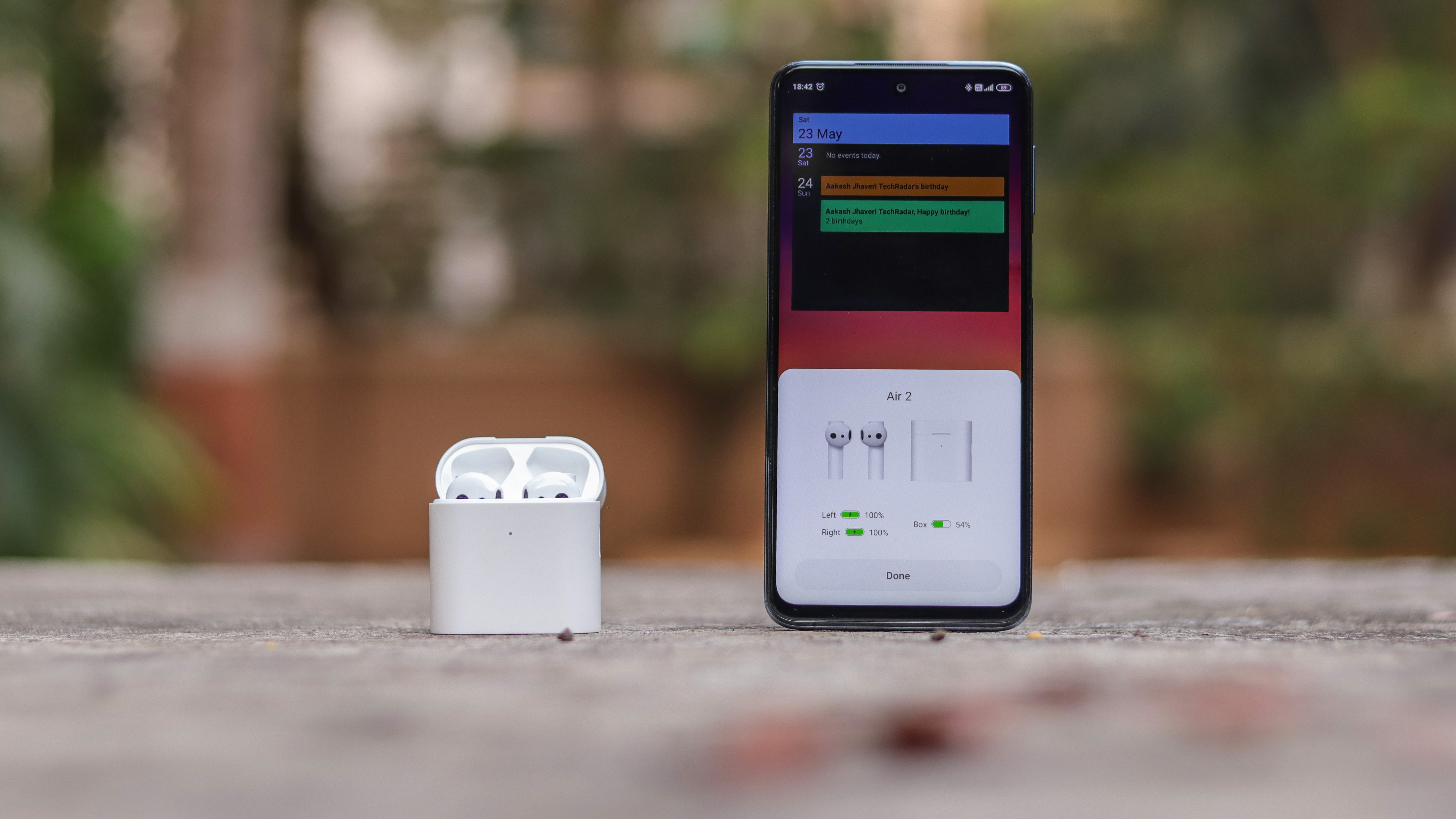
The Mi TWS 2.0 function over a Bluetooth 5.0 connection with the source. This gives it a theoretical range of 10 metres, but while indoors, we’re looking at around one or two rooms across at max. It also supports LHDC (Low latency, high definition audio codec) which allows for 3x higher data throughput for a higher quality output. However, phones supporting this codec are few and far between.
On the topic of selective smartphone features, phones running MIUI (from Mi, Redmi and Poco) support swift pairing, where the earphones will automatically connect to the device when the case is opened. It’s a concept that was originally implemented by Apple on the AirPods, and was soon followed by Huawei, Oppo and others. Sadly, Xiaomi’s execution left us wanting more. While the pairing prompt did pop up usually, the failure rate was discernibly high. Quite often, I’d have to go to settings and pair the device to the earphones again. It’s just a task spanning a few seconds, but is far from the experience promised. It seems to be an isolated issue, and could be due to pre-production firmware on my phone (tested with the Redmi Note 9 Pro) or the buds.
Oddly enough, when the pairing screen showed up, it would often show up as the “Mi Air 2”, which is the pair of TWS from Xiaomi that the Mi True Wireless Earphones 2 is based on. Not really an issue, but I found it interesting.
It needs to be noted that there is no dedicated app to be able to tune these or change any preferences. We expect Xiaomi to eventually have an all-encompassing app that does this for its entire ecosystem of products. This also means that the buds will not gain any new features via updates in the future.
A good pair of wireless earphones should also reduce our need to reach out for the connected phone for minor tweaks such as pausing playback or skipping tracks. Here is where it loses a few more marks as gesture control is rather limited. All you get is play/pause music (double tap on the right bud), summon voice assistant (double tap on the left bud) and accept calls (double tap on either during an incoming call). No options to skip tracks or change the volume are present. This may not be a major hassle for many, and my scale has been spoilt by the Oppo Enco Free, which is the gold standard when it comes to gestures.
Sound quality
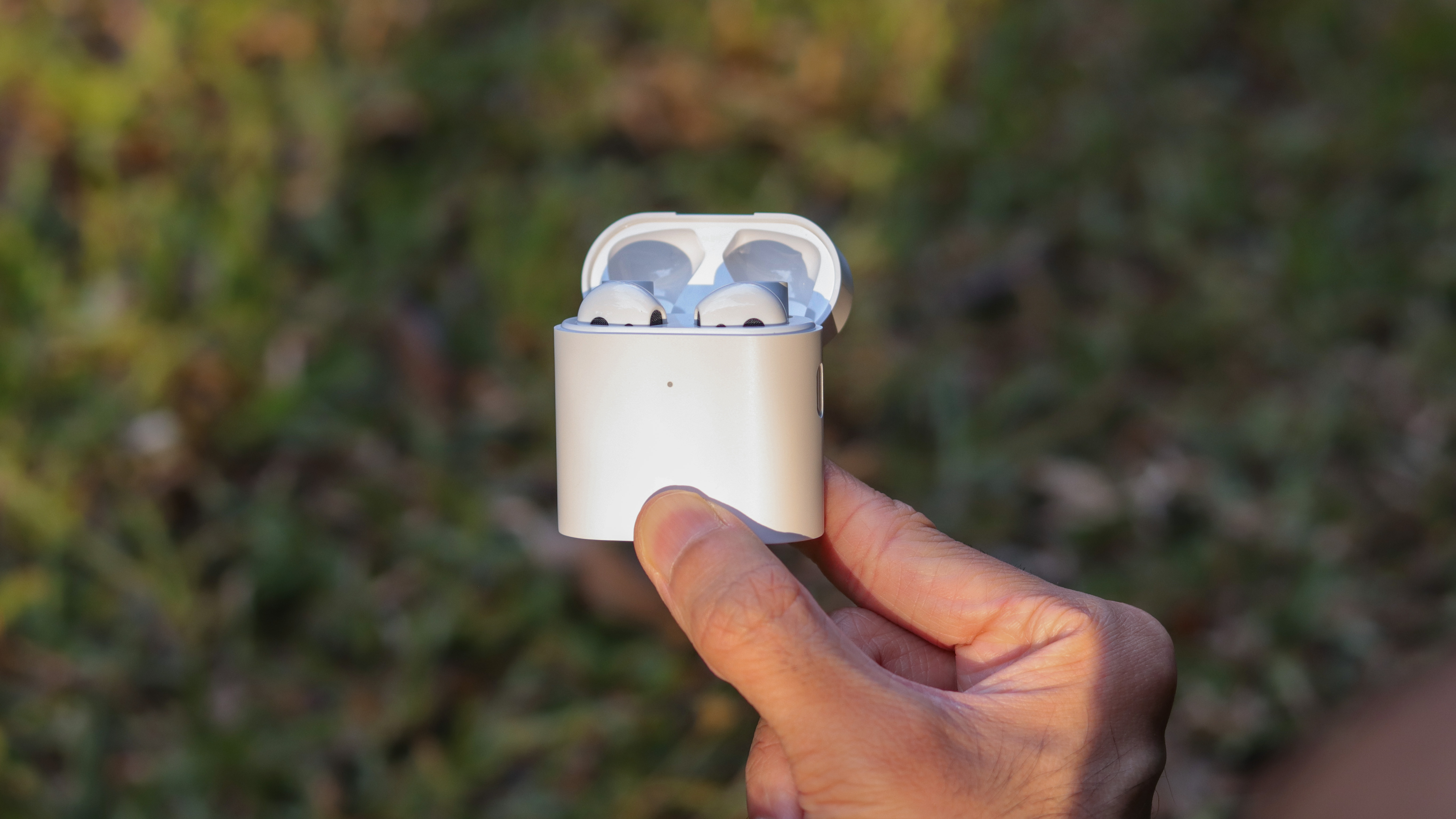
The buds are fitted with large 14.2mm dynamic drivers, which is one of the best in its segment. While driver sizes don’t necessarily translate to better audio, it does move more air and create more bass. It’s the tuning and choice of materials that have a bigger impact.
Xiaomi stated that these are tuned for Indian preferences without overdoing the bass. While the former is pretty vague, I can vouch for the bass performance to be in control for the most part. It doesn’t eat away into the other ranges. There is no distortion at any volume level, though the split does change a bit at the lower range. It’s pretty consistent beyond 50%. They worked like a charm for my pop-dominated playlist. The instrument separation was great too. Even for more vocals-dominated content such as shows or audiobooks, these held their own. It’s tuned to appeal to most of the users (except hardcore audiophiles) and is easy to recommend. Just keep in mind that the noise cancellation is underwhelming, and could affect your milage.
There’s also environmental noise suppression which gets triggered during calls. It uses the secondary mic on the top to suppress the background noise and emphasise your voice. Callers on either side had no complaints and sounded just about right. I tried a couple of calls while doing the dishes to see if the other person could still hear me, and much to my surprise, they did! It wasn’t entirely devoid of the banging from my side, but suppressed enough to not be a deterrent.
As with most wireless earphones, even the Mi TWS 2 suffers from audio latency while gaming. For casual games or racing titles, this should be fine, but for games such as PUBG where even a slight delay can cost you, these are less than ideal.
Battery life
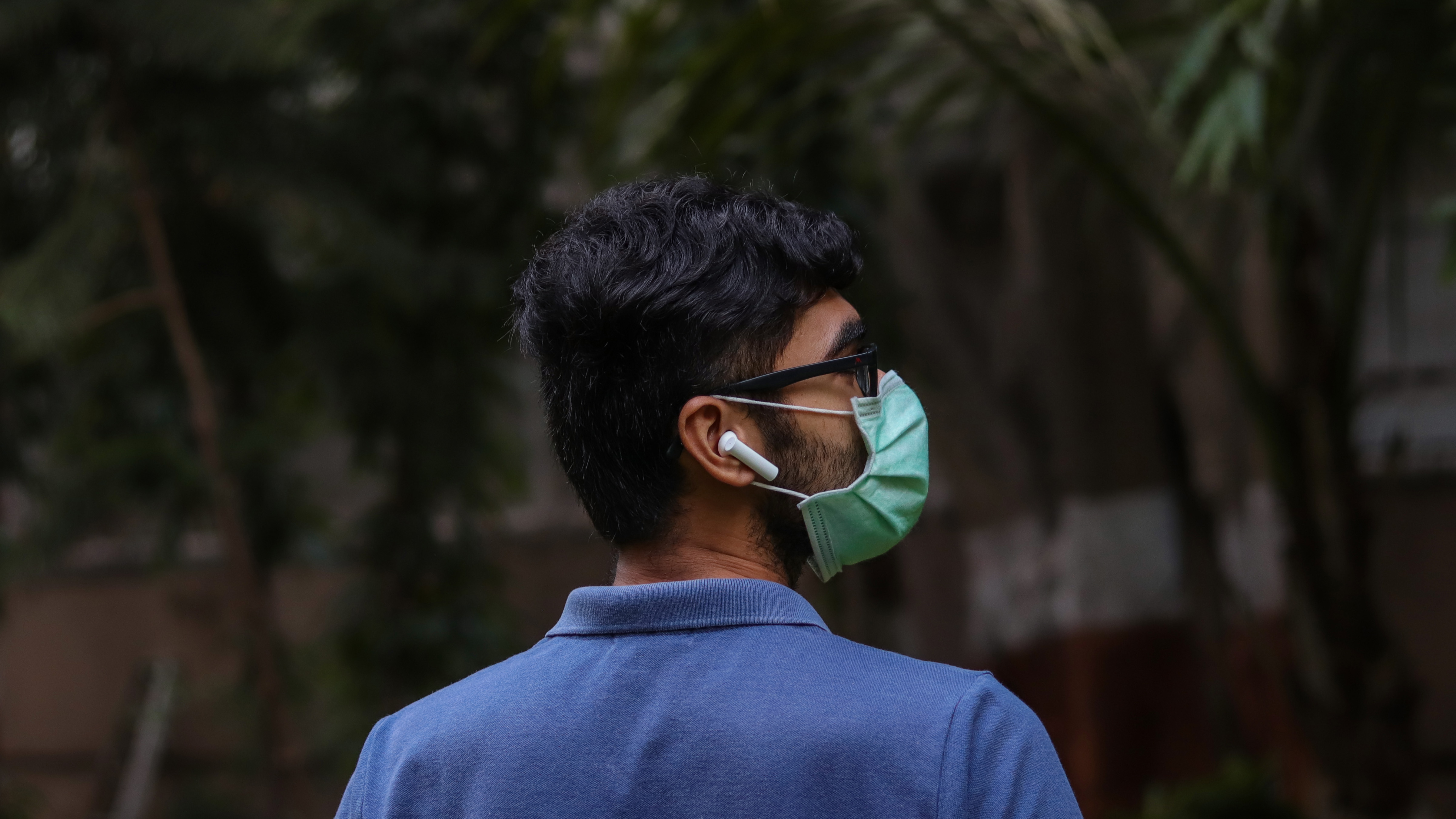
Xiaomi claims a battery life of about four hours on a single charge, with the case providing an additional ten hours. In my testing, the actual figures were not too far, and were always over three hours on a single session. Of course, variables like volume will have an effect on this.
The case also supports fast charging, which only takes about an hour to go from empty to full. It fares well in the battery department.
Verdict
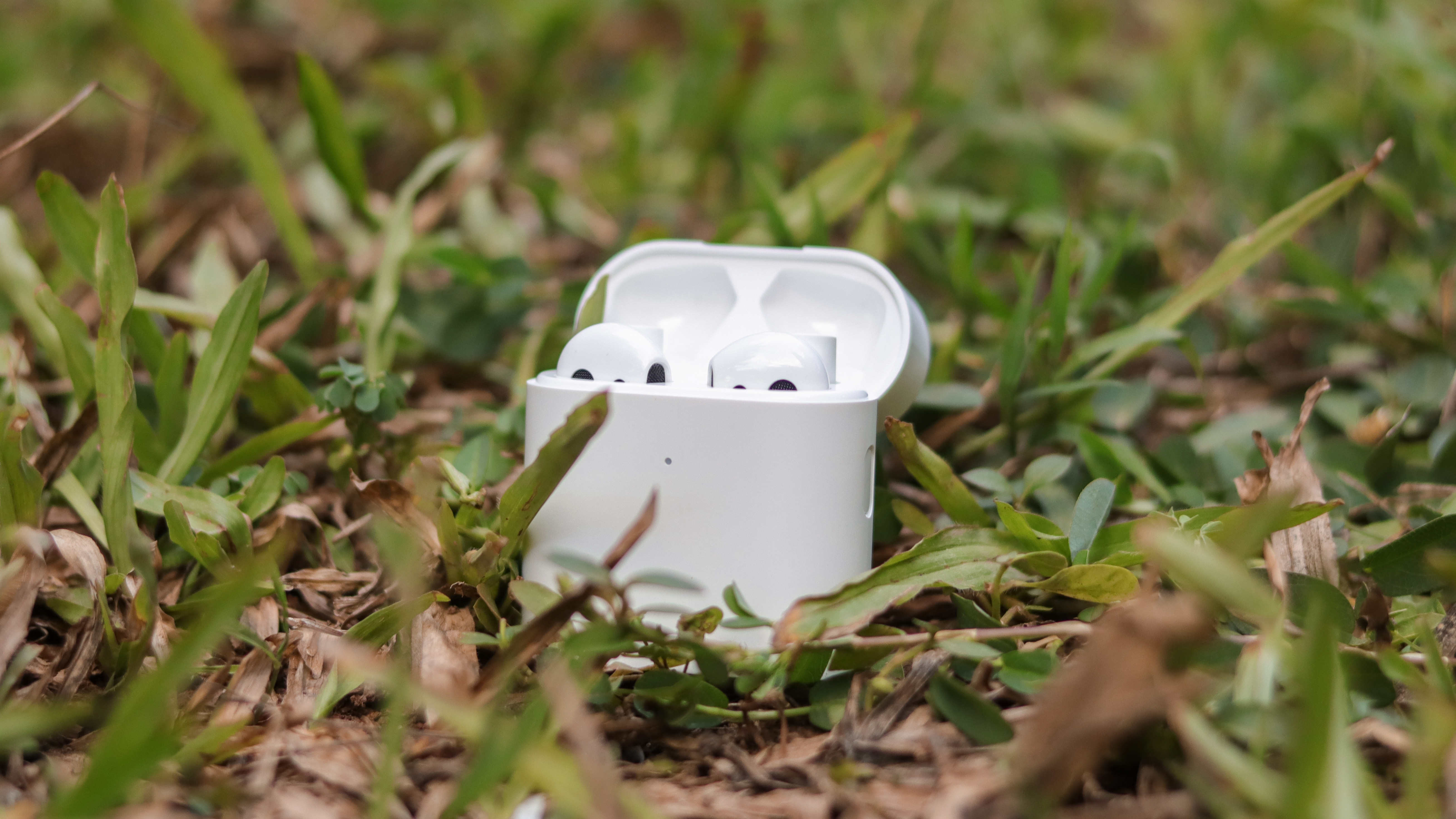
When you pit the Xiaomi Mi True Wireless Earphones 2 against the competition, its strengths become evident quickly. Not only do we get one of the best sound quality, but also above average battery life and a popular brand. It is a pretty versatile audio product that shines for music and shows alike. The only major omission is the lack of official water resistance.
For consumers in the Xiaomi ecosystem, these are a great addition.
Good alternatives include the Oppo Enco Free, which trades sound quality for a better design and intuitive gesture controls and the Realme Buds Air which are a decent budget all-rounder.

Aakash is the engine that keeps TechRadar India running, using his experience and ideas to help consumers get to the right products via reviews, buying guides and explainers. Apart from phones, computers and cameras, he is obsessed with electric vehicles.
